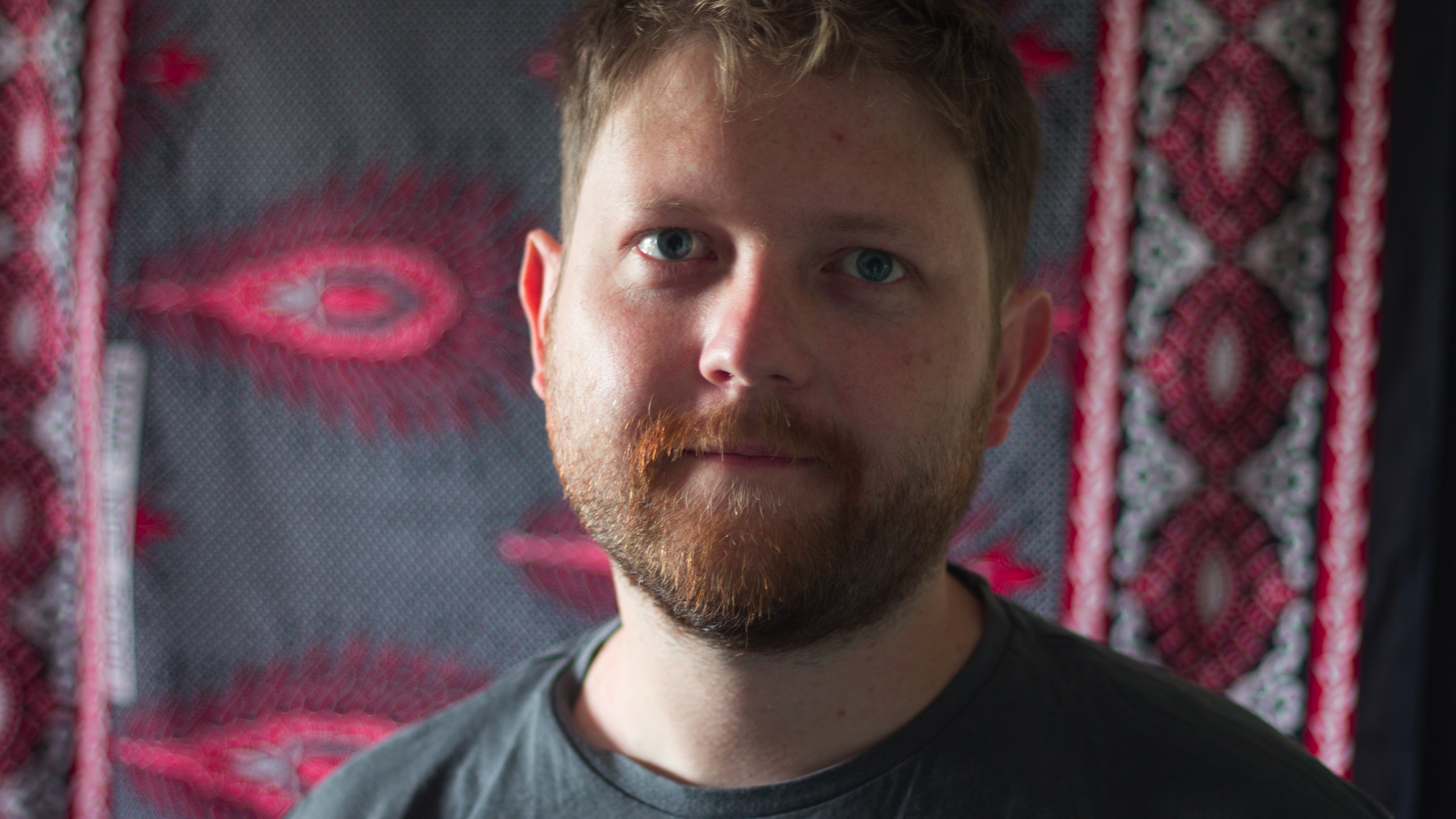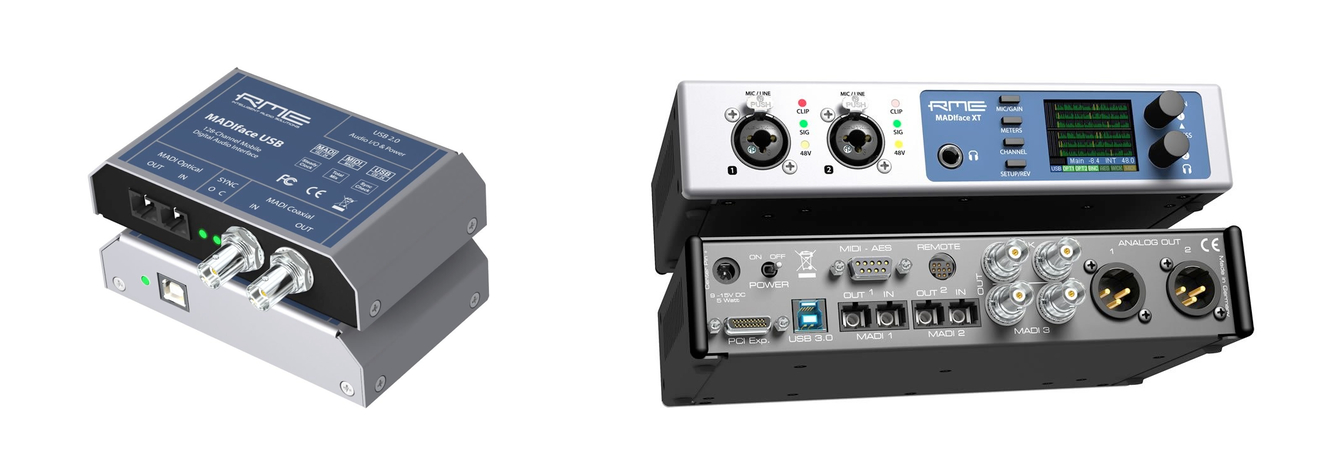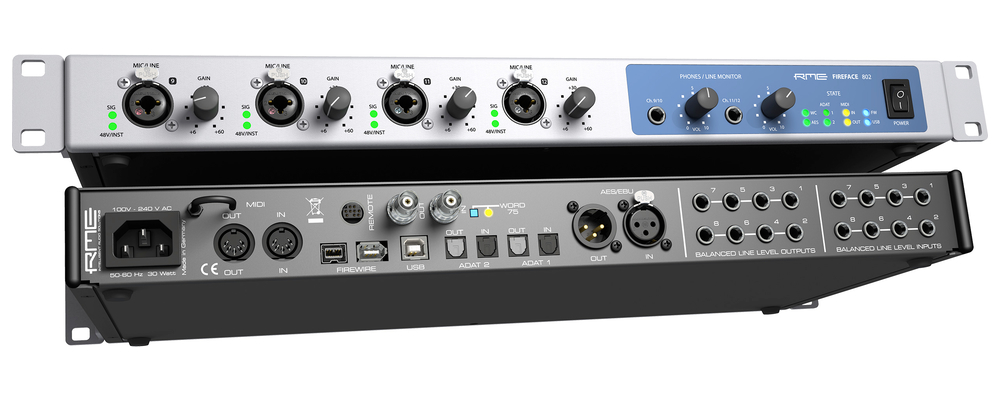Musician, producer and engineer Andy Patterson was kind enough to tell us a bit about his career, as well as giving us his views on RME’s Fireface and MADIface ranges of interfaces.
With a wealth of experience as an audio professional, Andy Patterson has fulfilled a variety of roles in his career spanning live, studio, TV and film sound. After graduating from the University of Surrey’s Tonmeister course in 2005, Andy was employed as an Operations Technician with a London based company called DAT. During this time he continued to develop his engineering skills, which led to working in the studio with the late Gerry Rafferty, probably best known for the song “Stuck in the Middle with You” with the band Stealers Wheel. Along with his work with Gerry, Andy has also performed studio duties for the artist Black, aka Colin Vearncombe, engineering and co-producing several of his albums at his studio in the southwest of Ireland.
In his work as a live engineer, Andy has recorded a number of gigs for Q Radio and Kiss FM, and was part of the team that recorded Razorlight at Earl’s Court. He was also involved in recording both Live8 in Paris and Dave Gilmour at the Royal Albert Hall, and spent 5 years working on the Singing Wells project – recording and archiving traditional East African Music in the field.

Musician, engineer and producer Andy Patterson
Along with his live and studio work, Andy has been employed as an engineer and music editor on a number of TV projects, including The X Factor and The Royals, and has provided technical support to a number of film composers, such as Rupert Gregson-Williams. It’s through his work with Rupert that Andy found himself regularly using hardware from RME, building a system in the UK for Rupert that mirrored the composer’s setup in the USA.
“I used RME MADI convertors and routers when working for Ian Silvester at DAT, and my work with the film composer Rupert Gregson-Williams sees me supporting a rig that includes two RME Fireface 800s that are both connected to his sequencer machine. There is also an RME HDSPe RayDAT card in the same machine, which we use for mixing.
In the past, writing rigs meant a large number of separate computers, each running sample software and having an HDSP card fitted to output the audio to a Pro Tools system. These days though, all we need is a few networked machines with Vienna Ensemble Pro running the samples and the audio running over the network to the sequencer – which then does the mix and sends a surround stem to a Pro Tools Print rig. The dual ADAT I/O on each Fireface 800 is essential to this workflow.
“The only problem I have ever personally encountered with Fireface 800s is needing replacement power supplies – and only after around 8 years of constant use – which were easy enough to fit myself.”
I love the Fireface interfaces – especially in combination with the ARC remote. The only problem I have ever personally encountered with Fireface 800s is needing replacement power supplies – and only after around 8 years of constant use – which were easy enough to fit myself. The MADIfaces are great too. Once you have the drivers, it really is ‘plug in and away you go’.”
With the Fireface 800 being around since 2004, RME decided to discontinue the product in 2014 (see the RME Fireface 802 or Fireface UFX instead). It is however a common thread that many people are still using the devices, thanks to both the excellent build quality and RME’s incredible dedication to providing support for discontinued products.
Andy then went on to tell us how TotalMix FX is used for its extensive routing capabilities in Rupert’s setup.
“We use TotalMix FX quite a lot. His Pro Tools rig has digital only interfaces, so we use the D/A’s of the Fireface to drive the speaker outs. TotalMix is essential for routing the audio. The fact we can save the configuration to the units is also incredibly useful – as it is for fault finding and tracing audio paths in a large setup.”

Both the RME MADIface USB (left) and RME MADIface XT (right) provide extremely high channel counts in incredibly simple and portable solutions
Using RME for the X Factor rehearsals
We’ve previously written about how the RME Fireface UCX and Octamic XTC preamp played a crucial role in the X Factor rehearsals. As part of the sound team for the show, Andy was also happy to give us a quick overview of how the devices were used.
“On the latest series of the X Factor we were lucky to be able to use RME for the ‘Routining’ sessions that took place each week. These sessions can have a very hectic schedule to run to – with maybe 8 acts needing to routine two songs each in a day in each of two rooms. Routining is where the contestants and their mentors and vocal coaches choose the songs for the following Saturday’s live show. They then sing a two-minute edit of the song with a live piano accompaniment.
“In this situation you need things to just work, and with the RME interfaces you can be assured they do.”
This performance is recorded, and the recording is sent throughout the team – to the camera scripters, the judges/mentors, the music producers and the executives, and the piano tracks are sent to the contestants to rehearse to.
In this situation you need things to just work, and with the RME interfaces you can be assured they do. At Fountain Studios, we record the sound checks for the live shows, and for this we use a MADIface USB – which again, you can just plug into the laptop and record straight to Reaper. This interfaces with the Calrec console in the studio and we record 48 outputs of the desk. Everything from multiple lead vocals to reverb stems, to backing track feeds and presenter mic feeds is running through the MADIface via a single MADI cable.”

The RME Fireface 802, the updated version of the ever-reliable Fireface 800
Final thoughts on RME
To finish off, Andy gave us some tips on how he goes about choosing the right equipment.
“With any project you need stability and ease of use from a system. The gear shouldn’t get in the way of any creativity and the reliability and stability should be such that you can just set it up and forget about it. There should also be the flexibility to route audio anywhere you need it to go.
I think RME will continue to be my first port of call in the future. The routing flexibility that the interfaces offer, along with the fact they have always been rock solid in my experience, helps to enhance and capture creativity, as opposed to getting in the way of it.”
Our thanks to Andy Patterson. To find out more about Andy’s work as a musician and engineer, you can check out his website here.
If you’d like to know more about any of the RME products mentioned in this article, give us a call on 01727 821 870 to speak to one of our team, or contact us via email.






















